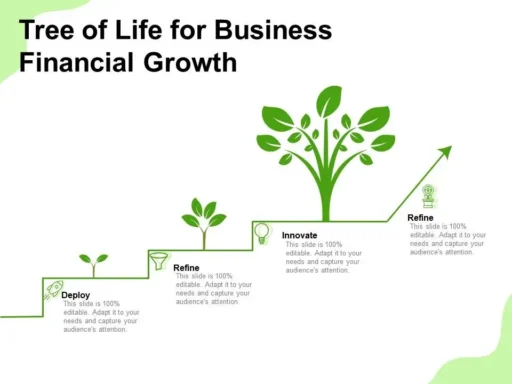Reading time: 3.0 minutes
1. Identify a Tangible Problem

If you’re starting solo, focus on solving your own problems first. You understand the domain, feel the pain, and the problem is more tangible. The furthest I would go is to solve my co-workers’ or friends’ problems. This approach ensures that you are deeply connected to the problem, which increases your chances of creating a valuable solution.
2. Choose the Simplest Tools
(124).jpg)
ven if you’re a software engineer, always opt for the simplest tools available. Build your landing page with no-code tools like Webflow. This lets you focus on your core product instead of getting bogged down in technical details. Simplifying your tech stack helps you move faster and stay agile. Remember, the hard work is just beginning, but keep smiling—you’re on the right track!
3. Outsource the Backend
Try to outsource your backend with a Backend-as-a-Service (BaaS) provider if you can. Use services like Firebase, Amplify, or Supabase. These platforms handle much of the heavy lifting, allowing you to concentrate on the unique features of your Software as a service. By leveraging BaaS, you can save time and resources while ensuring scalability and reliability.
4. Focus on Your Core Feature

Put your real energy into that one specific feature your SaaS provides. Connect the BaaS with that one specific service hosted on AWS, Azure, etc. If your feature is a front-end tool, you might need to use frameworks like React or Vue to make it dynamic. However, if all the work is done in your backend, just use HTML and JavaScript. This focused approach ensures that you are delivering value where it matters most.
5. Iterate Based on Feedback
Once your SaaS is live, gather feedback and iterate. If your SaaS takes off (assuming it might fail is healthy), you’ll know which parts need improvement. Continuous feedback loops are crucial for refining your product. Stay flexible and be prepared to pivot based on user insights.
6. Plan for Scalability

As your SaaS gains traction, plan for scalability. Use the insights from your initial users to identify which areas need enhancement. Whether it’s optimizing your backend, improving user experience, or expanding your feature set, be ready to scale your operations to meet growing demand. Preparing for scalability ensures that your SaaS can handle increased usage without compromising performance.
Conclusion
Launching a successful SaaS product involves solving real problems, using simple tools, and focusing on your core feature. Outsource where you can, gather feedback, and iterate continuously. Remember, the goal is to create a product that resonates with users and can scale as needed. Start simple, stay flexible, and be ready to adapt as your SaaS grows.
It’s crucial to understand that no one can guarantee success from the start. It’s all about having faith in your idea and playing smart with the available tools—spying, research, trends, and sometimes even faking stuff. Don’t let advertisements or perceived challenges discourage you. There’s a lot of deception online, even from seemingly professional businesses. So, stop belittling yourself and just start. Success often comes to those who take the leap and learn along the way.





